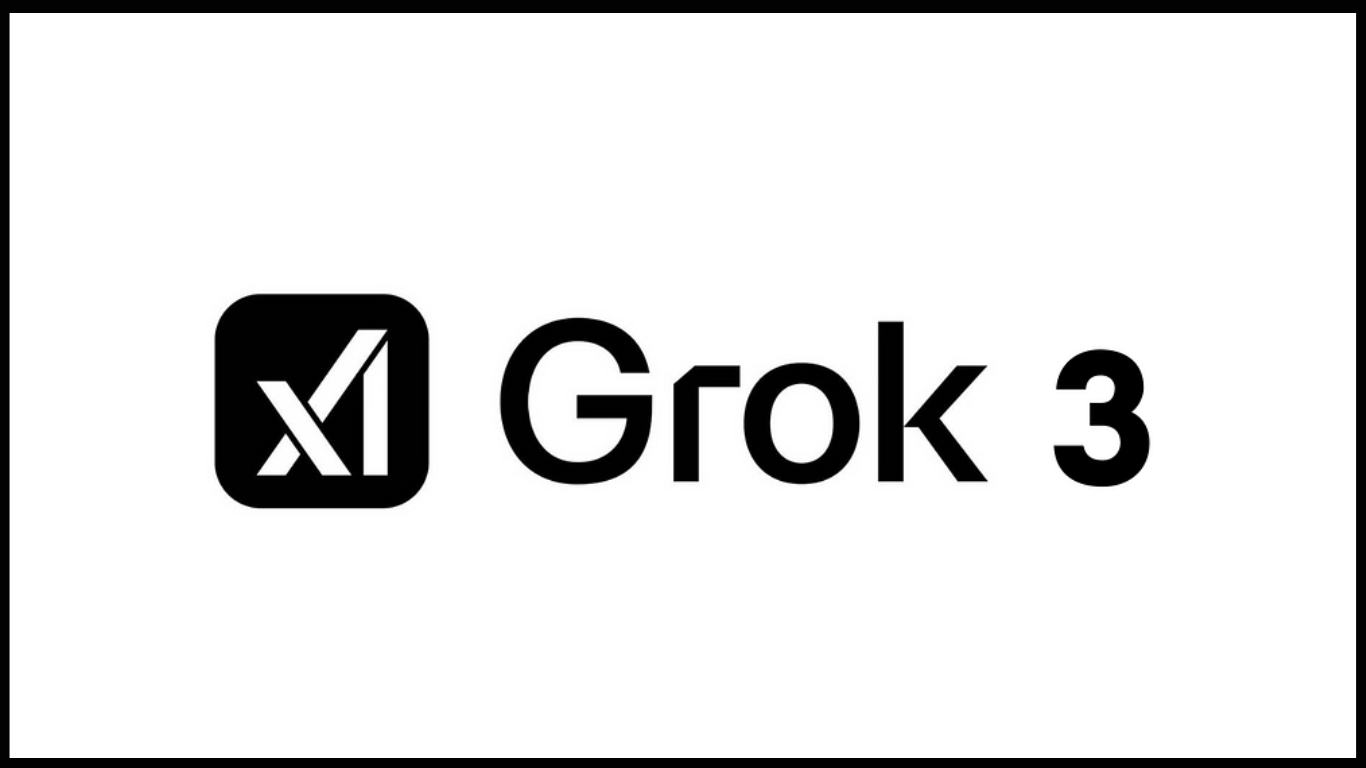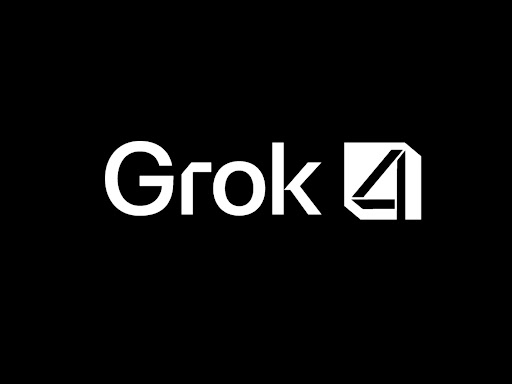Grok 3 vs Grok 4: A Deep Dive into xAI's Latest LLMs
Introduction
The landscape of artificial intelligence is evolving at an unprecedented pace, with large language models (LLMs) leading the charge in transforming how we interact with technology and information. Among the most anticipated developments are the advancements from xAI, particularly with their Grok series. Following the impactful release of Grok 3, the recent unveiling of Grok 4 has set new benchmarks and expectations. This article delves into a comprehensive comparison of Grok 3 and Grok 4, exploring their core features, performance enhancements, and what these advancements mean for the future of AI. Understanding the nuances between Grok 3 and Grok 4 is crucial for anyone following the cutting edge of AI development. The continuous evolution from Grok 3 to Grok 4 highlights the rapid progress in AI, making Grok 4 a significant successor to Grok 3. This deep dive into Grok 3 and Grok 4 will provide valuable insights into the capabilities of Grok 3 and Grok 4, and how Grok 4 builds upon Grok 3.
Grok 3: The Foundation of Advanced Reasoning
Grok 3, released by xAI, marked a significant leap forward in the capabilities of large language models. This iteration of Grok 3 was designed with a strong emphasis on advanced reasoning and problem-solving, leveraging a multi-step reasoning approach to tackle complex prompts. Grok 3 was notable for its ability to 'think for seconds to minutes,' a feature refined through large-scale reinforcement learning that allowed it to correct errors and improve its outputs over time. The performance of Grok 3 truly set a new standard for AI models, making Grok 3 a significant milestone in the evolution of AI.
Key features of Grok 3 included:
- Advanced Reasoning and Problem-Solving: Grok 3 demonstrated enhanced capabilities in logical deduction and complex problem-solving, making it suitable for intricate tasks that required more than just surface-level understanding.
- Content Summarization: Like other modern LLMs, Grok 3 excelled at summarizing vast amounts of information, distilling key insights from lengthy texts.
- DeepSearch and Big Brain Mode: These specialized modes allowed Grok 3 to conduct in-depth searches and process information more comprehensively, pulling live data to enhance its understanding and responses.
- Real-time Learning: Grok 3 possessed real-time learning features, enabling it to adapt and improve its performance based on new data and interactions.
- Computational Power: Grok 3 was backed by a massive 200,000 H100 GPU cluster, providing the computational backbone necessary for its advanced functionalities and processing capabilities.
- Improved Logical Reasoning: Grok 4 offers even more refined logical reasoning capabilities, allowing it to handle more complex tasks and provide more accurate and nuanced responses compared to its predecessor, Grok 3.
- Multimodal Understanding: A major leap forward, Grok 4 introduces frontier-level multimodal understanding. This means Grok 4 can process and interpret information from various modalities, such as text, images, and potentially other forms of data, enabling a more holistic understanding of user queries and content.
- Expanded Context Window: Grok 4 boasts a significantly larger context window, handling up to 256,000 tokens. This is a substantial increase from Grok 3's 131,072 tokens, allowing Grok 4 to process and understand much larger codebases, documents, and conversations, leading to more coherent and contextually relevant outputs.
- Advanced Coding Tools: With its expanded context window and improved reasoning, Grok 4 provides more powerful tools for coding, enabling developers to work with larger projects and receive more sophisticated assistance.
- Enhanced Creativity: Grok 4 is designed to foster greater creativity in its outputs, making it a more versatile tool for content generation, artistic endeavors, and innovative problem-solving.
- Performance on Complex Tasks: Benchmarks and real-world applications indicate that Grok 4 delivers superior performance on complex tasks, solidifying its position as a leading AI model.
Grok 3's introduction significantly impacted various domains, including research, coding, and general problem-solving, by offering a more robust and intelligent AI assistant. Grok 3 laid the groundwork for future advancements, setting a high bar for subsequent models like Grok 4.

Grok 4: The Next Frontier in AI
Grok 4 represents xAI's latest and most powerful large language model, building upon the strong foundation laid by Grok 3 while introducing significant enhancements and new capabilities. Released recently, Grok 4 aims to push the boundaries of AI further, particularly in areas requiring advanced reasoning, multimodal understanding, and expanded context windows. The advancements in Grok 4 are truly remarkable, making it a standout in the current AI landscape. Grok 4 is poised to redefine what's possible with AI, significantly improving upon Grok 3.
Key advancements and features of Grok 4 include:
Grok 4's release signifies a major step forward in AI technology, offering a more capable and versatile model that can tackle a wider range of applications with increased efficiency and accuracy. The evolution from Grok 3 to Grok 4 showcases xAI's commitment to pushing AI boundaries.

Grok 3 vs Grok 4: A Comparative Analysis
To better understand the advancements and differences between Grok 3 and Grok 4, let's look at a direct comparison of their key features and capabilities. This comparison highlights why Grok 4 is considered a significant upgrade from Grok 3:
| Feature | Grok 3 | Grok 4 |
|---|---|---|
| Release Date | February 2025 | July 2025 |
| Reasoning | Advanced, multi-step reasoning | Improved logical reasoning, more refined |
| Multimodality | Primarily text-based | Frontier-level multimodal understanding |
| Context Window | 131,072 tokens | 256,000 tokens |
| Computational Power | 200,000 H100 GPU cluster | Enhanced infrastructure (implied by performance) |
| Specialized Modes | DeepSearch, Big Brain Mode | Advanced coding tools, enhanced creativity |
| Real-time Learning | Yes | Yes (implied by continuous improvement) |
| Performance | Significant leap in LLM capabilities | Superior performance on complex tasks |
This table highlights Grok 4's significant advancements, particularly in multimodal understanding and context window size, which are crucial for handling more complex and diverse AI applications. The improvements from Grok 3 to Grok 4 are evident across all metrics.

Conclusion
The progression from Grok 3 to Grok 4 demonstrates xAI's relentless pursuit of more capable and intelligent AI systems. While Grok 3 established a strong foundation with its advanced reasoning and problem-solving abilities, Grok 4 pushes the envelope further with its multimodal understanding, significantly larger context window, and enhanced tools for coding and creativity. These advancements are not merely incremental; they represent a qualitative leap in how AI can process, understand, and generate information across diverse formats. The comparison between Grok 3 and Grok 4 clearly shows the rapid progress in AI. Grok 4, building on the success of Grok 3, offers unparalleled capabilities. The evolution of Grok 3 into Grok 4 truly marks a new era in AI, showcasing the continuous innovation from Grok 3 to Grok 4, and solidifying Grok 4's position as a leader. This makes Grok 4 a compelling successor to Grok 3.
For users and developers, Grok 4 offers a more powerful and versatile platform, capable of handling more complex tasks with greater accuracy and contextual awareness. As AI continues to integrate into various aspects of our lives, models like Grok 4 will play a pivotal role in shaping the future of human-computer interaction, driving innovation, and unlocking new possibilities in research, development, and creative endeavors. The ongoing evolution of the Grok series, from Grok 3 to Grok 4, underscores the rapid pace of AI development and the exciting potential that lies ahead.